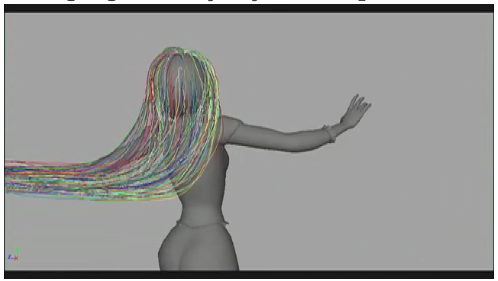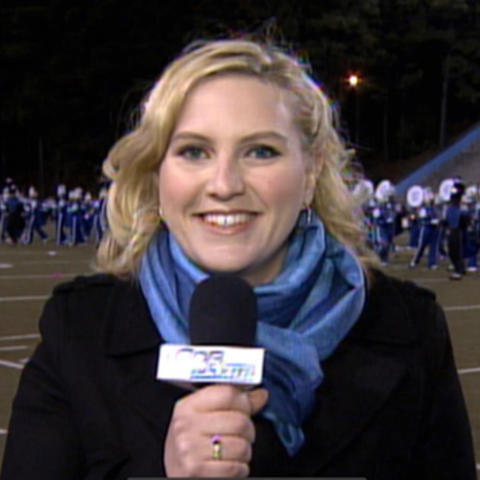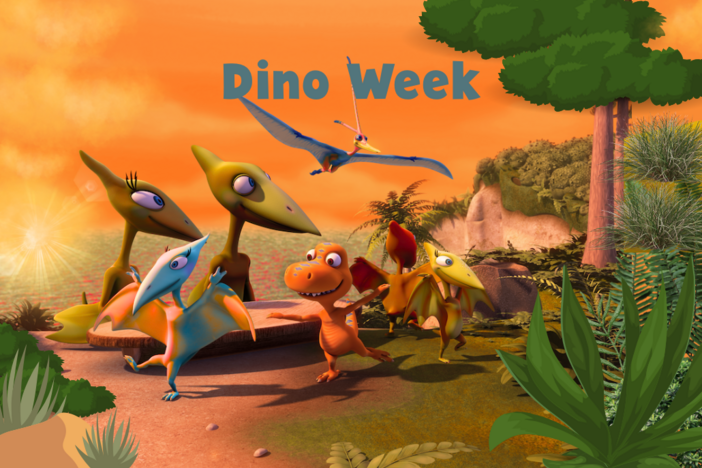
Section Branding
Header Content
Disney's "Tangled" - An Exercise in Physics and Computer Animation
Primary Content

As a self-professed nerd, I enjoy regularly checking out ScienceFriday.com to see what new, cool, scientific topic they will discuss at the end of the week. Today, I discovered a lovely gem that involved physics, computer animation - and hair.
In the article Untangling the Hairy Physics of Rapunzel, Science Friday interviewed Kelly Ward, senior software engineer for Walt Disney Animation Studios, and investigated how the hair was engineered to look realistic, yet non-inhibiting. In the interview, Dr. Ward mentioned that she was about to graduate from UNC-Chapel Hill with a Ph.D in computer animating human hair when Disney called and mentioned that they were going to begin production on a movie based on the fairy tale, Rapunzel.
Dr. Ward also stated that "hair simulation is difficult, because the average human head has over 100,000 strands of hair." However, the number of simulated strands of hair was reduced to 173 - according to Dr. Ward, "the hairs that are near each other tend to move pretty similarly to each other."
Dr. Ward's computer models also involve physics - the "strands" are coded to act like springs, which have a distinct physical property based off of Hooke's Law. According to Disney's version of the legend, Rapunzel's hair would weigh 60 to 80 pounds, and would be 70 feet long. Keeping Rapunzel's hair as physically accurate as possible would prove to be a boring movie, so Dr. Ward did mention that artistic liberties were taken in many scenes involving such massive amounts of hair.
Tune in to GPB Radio on Friday from 2-4pm to hear this week's Science Friday show. You can also peruse their site at ScienceFriday.com.






